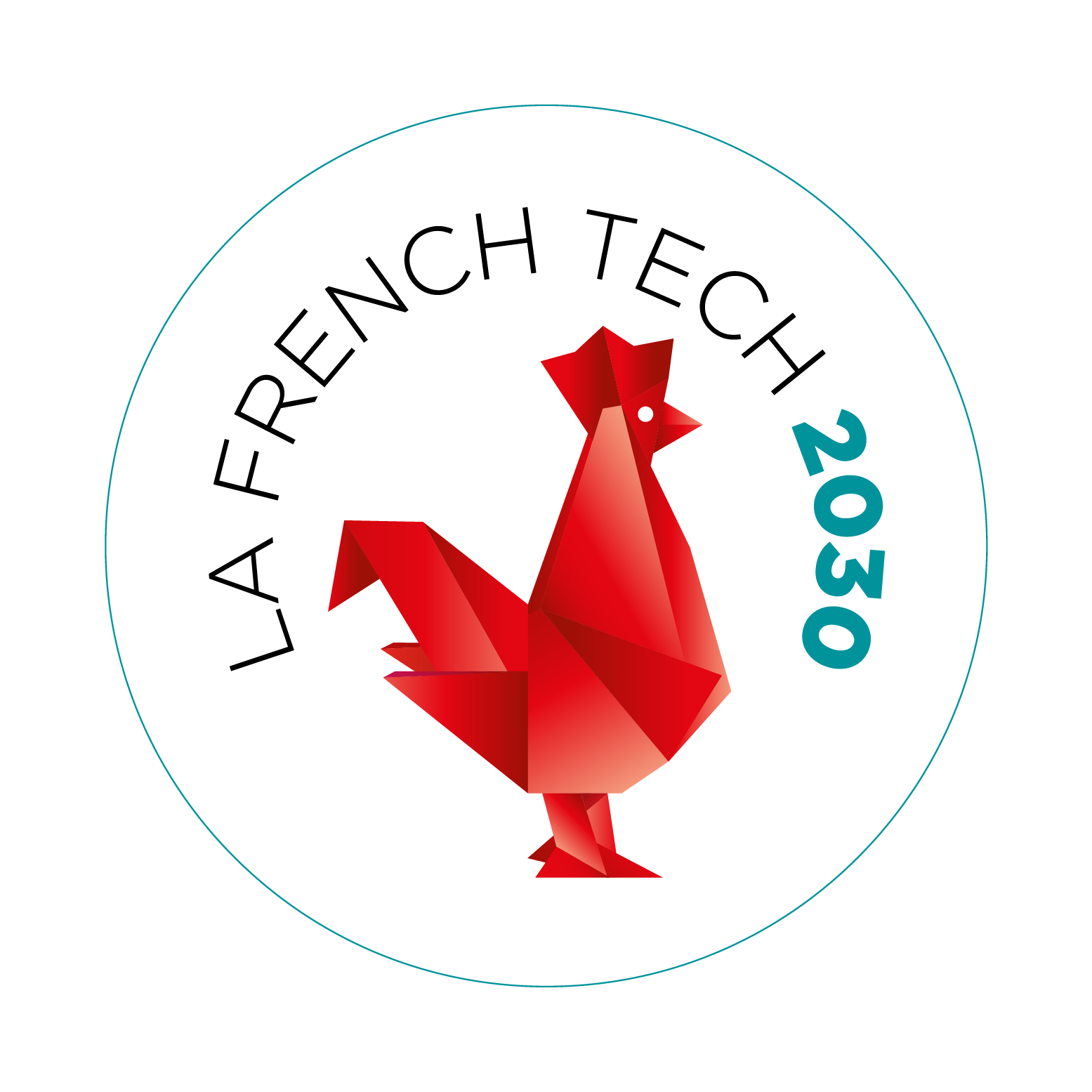There are different production techniques:
The most widely used technique is steam gas reforming. This method consists in reacting methane with water: we obtain a mixture containing hydrogen and CO2. In order to obtain a decarbonated hydrogen, the ideal is to capture and store the CO2 produced. It is also possible to use biomethane instead of natural gas. We will speak of blue hydrogen (if the CO2 is captured and stored)
Another technique used is the electrolysis of water, which uses electricity and water. The electrolyzer separates a water molecule into hydrogen and oxygen. This method is not very widespread because it is very expensive. We speak of green hydrogen (if the electricity used comes from renewable energy) or yellow hydrogen (if the electricity used comes from nuclear energy).
Finally, it is also possible to produce hydrogen from gasification: it consists in producing a mixture of CO and hydrogen from the combustion of coal or biomass. This process emits a lot of CO2 (we speak of grey or brown hydrogen)
Once manufactured, the hydrogen is stored and then transported to the distribution site.


